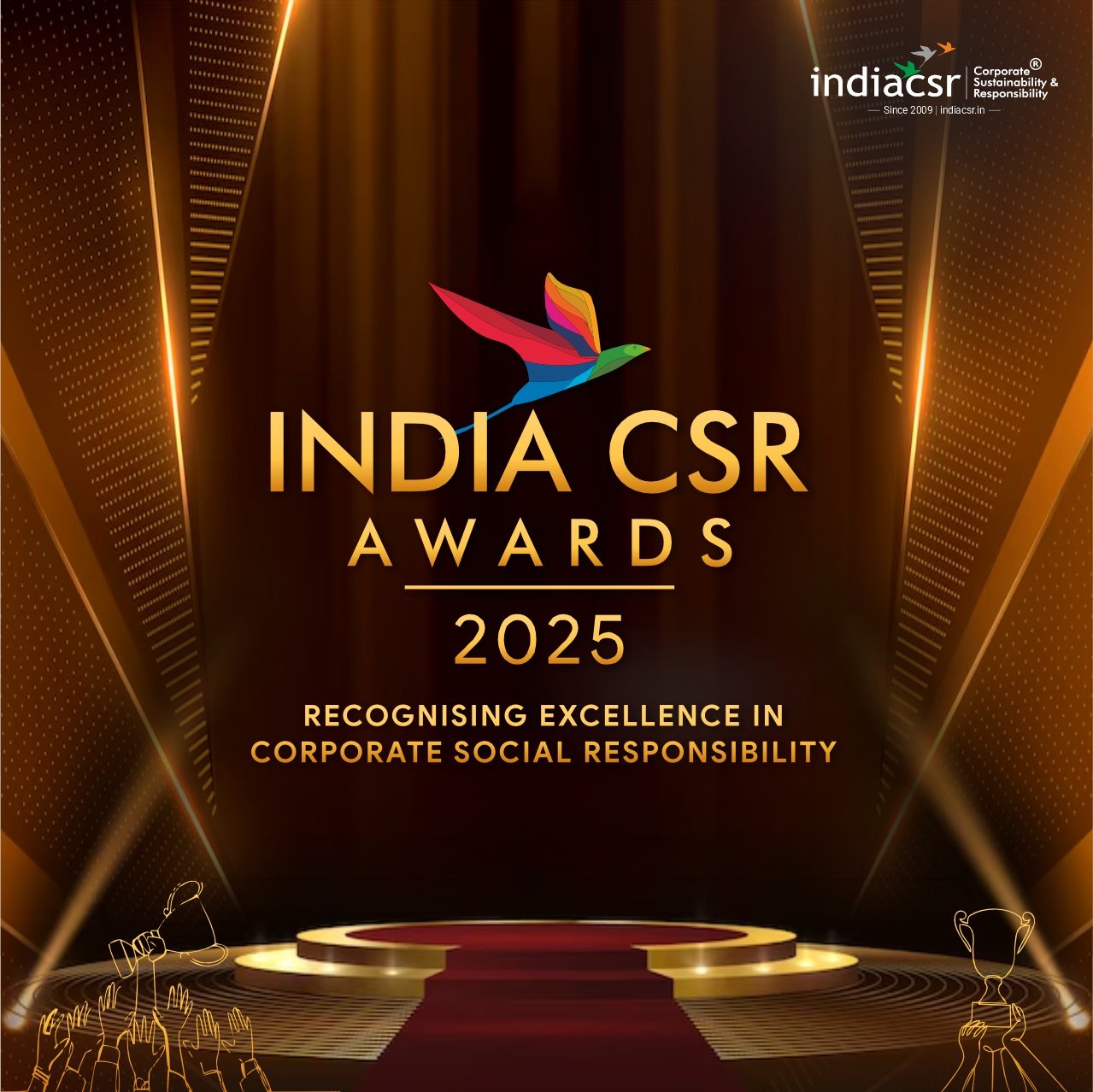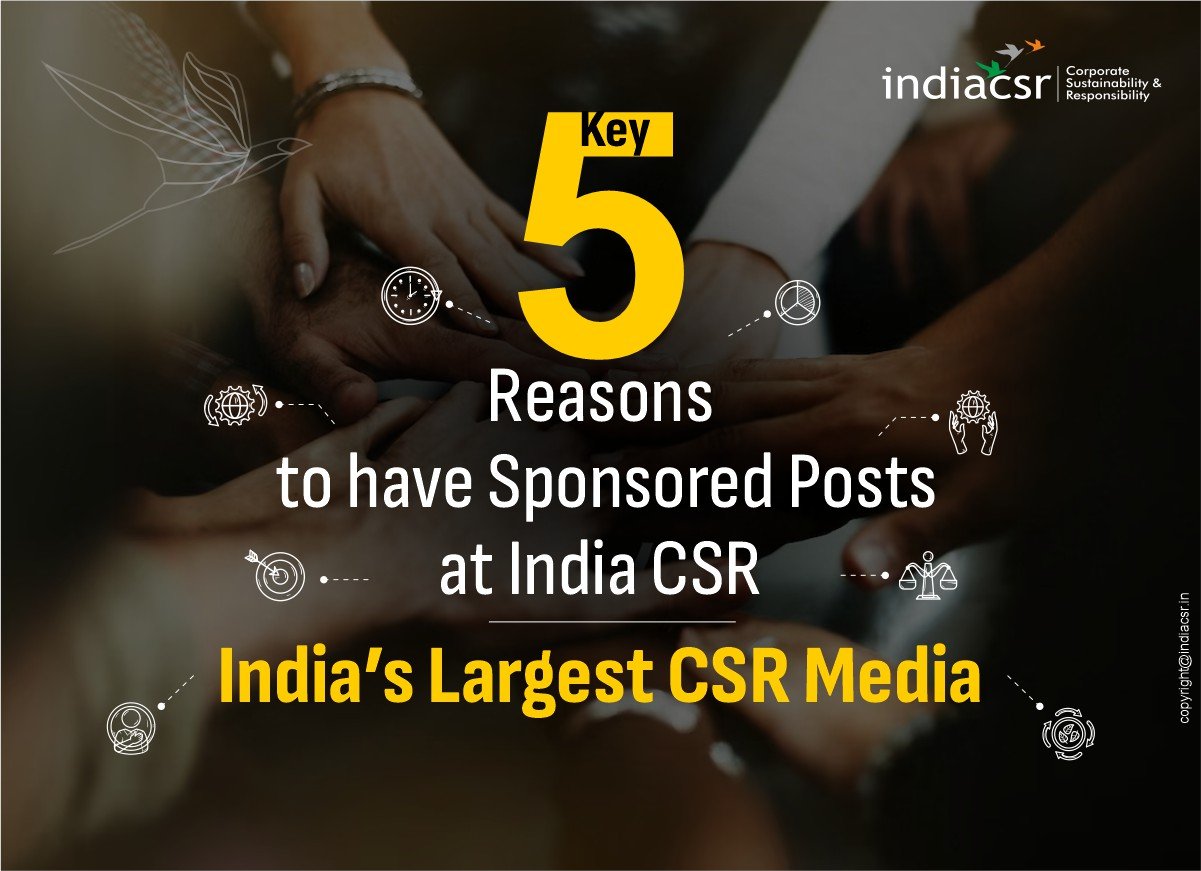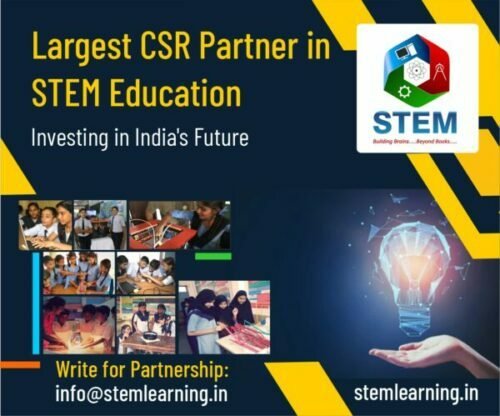By Dr Wayne Visser
I recently read The Long Tail, by Chris Anderson and it started me thinking: What is the Long Tail of CSR? The Long Tail – named after the extended tail of a statistical distribution curve – is the idea that selling less to more people is big business. It’s the business model that has spawned the most successful companies of the Web 2.0 age.
The Long Tail questions the conventional wisdom that says success is about generating ‘blockbusters’ and ‘superstars’ – those rare few products and services that become runaway bestsellers.
Anderson sums up his message by saying that:
(1) the tail of available variety is longer than we think;
(2) it’s now within reach economically; and
(3) all those niches, when aggregated, can make up a significant market.
He also notes that this Long Tail revolution has been made possible by the digital age, which has dramatically reduced the costs of customised production and niche distribution.
There are three enablers of successful long tail businesses, according to Anderson:
(1) democratising the tools of production (e.g. digi-cams, content editing software, blogging tools);
(2) democratising the tools of distribution (e.g. Amazon, eBay, iTunes, Netflix); and
(3) connecting supply and demand (e.g. Google, blogs, Rotten Tomatoes).
So how might this apply to CSR? To me, the Long Tail of CSR is all about extending the reach of CSR, and improving its ability to satisfy specific social and environmental needs. Let’s use Anderson’s enablers as a framework for thinking about this.
Democratising the tools of CSR production
This is about breaking CSR silos and extending CSR beyond multinationals. At the early stages of CSR adoption, it is often confined to Public Relations, Corporate Affairs or Marketing departments.
As CSR implementation matures, responsibility tends to migrate to specialised CSR departments of various descriptions (environment, health & safety, accountability, corporate citizenship, etc.). However, these versions of CSR are like the Hollywood model of blockbuster films. They suggest that CSR is about a few, high visibility programmes that are designed by CSR experts and delivered by big companies.
By contract, democratising CSR production would be mean firstly embedding CSR across the organisation – making it the responsibility of operations managers, financial managers, shop floor workers, basically everyone. This is only possible if CSR becomes part of the culture and incentive systems of an organisation.
Secondly, CSR would need to be extended beyond the usual suspects (i.e. the high profile, branded multinationals) to the less visible B2B (business to business), to national (rather than multinational) organisations, to SMEs (small and medium sized enterprises), and down the supply chain (as WalMart is now most famously doing).
Democratising the tools of CSR distribution
To date, CSR has mainly be ‘distributed’ via a few select projects – typically philanthropic or charitable activities – in which the company offers its help to the ‘less fortunate masses’. Usually, the nature and scope of CSR activities is determined top-down and offered as a fairly undifferentiated ‘service’, e.g. Nike might decide to focus on sponsoring sports teams, events and celebrities and Coca Cola might choose water as its key CSR issue.
The most common delivery mechanisms are money (sponsorship and other forms of charity), or for the more advanced companies, adhering to generic CSR codes and standards.
By contrast, democratising the tools of CSR distribution should include allowing staff to participate in CSR delivery through volunteer programmes, and developing more geographically tailored and sector-specific CSR codes and standards, such as the Roundtable on Sustainable Palm Oil, or the Global Reporting Initiative guidelines for HIV/Aids reporting.
Beyond this, embracing Bottom of the Pyramid (BOP) markets and supporting social entrepreneurs will allow the reach of CSR to be extended so that the needs of formerly unserved or underserved people can be met.
Connecting CSR Supply and Demand
Traditionally, CSR has been offered in the form of grants by multinational head-offices, who control the budget and set the criteria by which prospective philanthropic projects should be selected.
For the more advanced companies, this has been extended to adherence by their operations to corporate codes of CSR practice and communicating this through CSR reports. Demand has typically come from community groups applying to corporate foundations for funding, or NGOs taking an activist approach to demanding improved CSR practices.
By contrast, connecting the Long Tail of CSR supply and demand will rely increasingly on cross-sector partnerships and multi-stakeholder groups. For example, Rio Tinto may work with the Word Conservation Union to identify biodiversity needs and satisfy them through appropriate CSR activities. Companies may also use extended stakeholder networks of community groups, social entrepreneurs and microcredit enterprises to better match their capacity to make a positive impact among those who can most benefit, as BP is doing with smokeless stoves in India and SC Johnson is doing with cleaning products in Kenya.
Conclusion
To conclude, applying the Long Tail concept to CSR requires a different way of thinking about how CSR is generated, delivered and managed. It means making CSR a more inclusive and embedded process within the company, and a more diverse and far-reaching set of activities outside the company. It also means creating meaningful stakeholder partnerships to ensure that the right kinds of CSR benefit the right groups of people, where and when they need it.
The Long Tail in a nutshell, according to Anderson, is: “culture unfiltered by scarcity”. By extension, the Long Tail of CSR in a nutshell is: “responsibility liberated by collaboration”.
Author : Dr Wayne Visser
Dr Wayne Visser Founder and CEO, CSR-International Author of “The A to Z of Corporate Social Responsibility”and “Making A Difference” Senior Associate, University of Cambridge Programme for Industry Visiting Professor of CSR, Mannheim University Contact on: wayne@csrinternational.org
Article reference Visser, W. (2008) The Long Tail of Corporate Social Responsibility, CSR Inspiration Series, No. 5. Part of the CSR INSPIRATION Series Copyright Wayne Visser and CSR-International 2008























